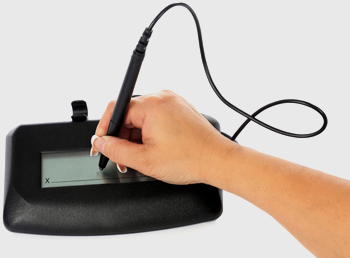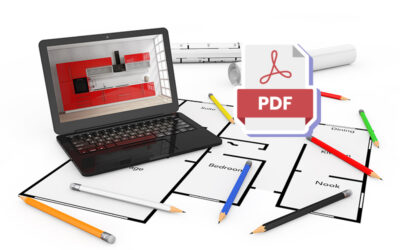 Paper forms that supported signatures for centuries are vestiges of old, out-of-date workflows. Forms had first of all to be printed to get them signed and the process involved a manual workflow. Avoiding the requirement to print and sign has become the focus for many organizations. Today, technology has evolved to such an extent that electronic signatures are becoming more and more the norm and by the next generation, it will be the standard.
Paper forms that supported signatures for centuries are vestiges of old, out-of-date workflows. Forms had first of all to be printed to get them signed and the process involved a manual workflow. Avoiding the requirement to print and sign has become the focus for many organizations. Today, technology has evolved to such an extent that electronic signatures are becoming more and more the norm and by the next generation, it will be the standard.
From Handwritten Signature to E-Signature System
Why is signature necessary in forms processing? It is to encounter the risks that someone would actually want to counterfeit a transaction and the amount of loss if they actually did. Low risk transactions (internal transactions) often demand minimal and standard technology such as password signing or system log in to complete the form. As internal transactions do not have signature requirements, it may disappear in the long run. Such situations foster the growth of electronic signature technology.
Today many technologies are available to sign a form. It can be accomplished through any of the electronic means such as mobile phones, tablet PCs, e-signature Pads, or writable screens. E-signature technology is encouraged greatly due to the following reasons.
- Safety: Documents that contain electronic signatures are more secure than paper-based documents, which can be easily lost, stolen and subjected to unauthorized tampering. With electronic documents, it is not possible for an outsider to understand details such as who signed the contract and the purpose for which it was signed.
- Legally valid: The Electronic Signatures in Global and National Commerce Act, signed into law in 2000, provide the general rules of validity for electronic records and signatures.
- Compatibility: Many of the e-signature transaction platforms are compatible with tools such as Microsoft Word, Google Docs, Dropbox, and Salesforce.
- Flexibility: Documents with e-signature are more flexible, as it helps avoid manual processing errors, saves time, printing, signing, scanning and emailing of agreements without the benefit of auto notification.
- Reduced Time: Paper-based signing system may cause delays in getting the paper signed or returned. This can be effectively addressed with e-signature technology.
The scanning and conversion requirements of a business do not end with scanning and uploading a signature. It involves a lot of other processes such as scanning and indexing of paper-based documents and images to electronic format, digitization of documents, and so on.



